Operational excellence is not just a goal; it’s a journey that requires meticulous planning, execution, and continuous improvement. It involves a comprehensive understanding of the organization’s processes, culture, and customer needs. The roadmap to achieving operational excellence is paved with strategic steps that ensure sustainable growth and competitive advantage.
Understanding the Current State
The first step on this journey is to understand where your organization currently stands. This involves a thorough analysis of existing processes, systems, and performance metrics. Identifying areas of waste, inefficiencies, and bottlenecks is crucial. Tools like value stream mapping and root cause analysis can be instrumental in this phase.
Recognize Your Maturity Stage:
- Maturity Stage 1: Reactive – Operations are characterized by activities rather than by processes, and they are largely responsive to immediate needs or problems. Goals are poorly defined or are unclear.

- Maturity Stage 2: Early – The organization is beginning to carry out operations with repeatable processes, evaluation, and improvement, and there is some early coordination among organizational units. Strategy and quantitative goals are being defined.

- Maturity Stage 3: Mature – Operations are characterized by repeatable processes that are regularly evaluated for improvement. Learnings are shared, and there is coordination among organizational units. Processes address key strategies and goals.

- Maturity Stage 4: Role Model – Operations are characterized by repeatable processes that are regularly evaluated for change and improvement in collaboration with other affected units. The organization seeks and achieves efficiencies across units through analysis, innovation, and the sharing of information and knowledge. Processes and measures track progress on key strategic and operational goals.
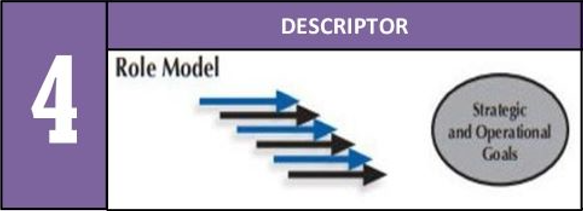
Developing the Purpose that leads to Strategy
At its core, a company’s purpose is a bold affirmation of its reason for being in business. No matter how it’s communicated to employees and customers, a company’s purpose is the driving force that enables a company to define its true brand and create its desired culture.

Defining the Vision
With a clear understanding of the current state, the next step is to define what operational excellence means for your organization. This vision should align with the company’s overall strategy and objectives. It should be specific, measurable, achievable, relevant, and time-bound (SMART).
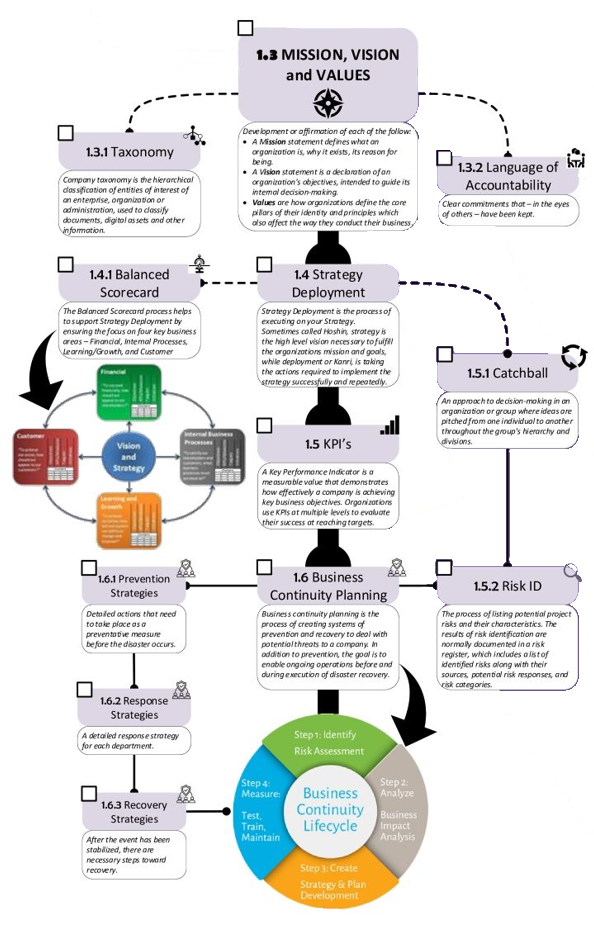
Strategic Planning
Once the vision is set, the next phase is strategic planning. This involves setting goals and objectives that will guide the organization towards its vision. It’s important to prioritize these goals and break them down into actionable steps. Each department should understand its role in achieving these objectives.
Shore Up Key Operational Components
There are 6 key areas that need to be reviewed and addressed that support the health of the company. They are as follows:
- Employees: Employees who understand and embrace the company’s purpose are more engaged and productive. An organization needs to understand that employees are considered their most critical asset. They affect public perception, branding, and key operational efficiency and profitability. Valuing employees and their contributions can lead to loyalty and excellent work, which in turn drives revenue. When employees feel a sense of belonging, companies benefit from better job performance, lower turnover risk, and fewer sick days. And finally engaged employees are more productive, reach goals faster, and are more likely to stay with the company, reducing recruiting expenses.
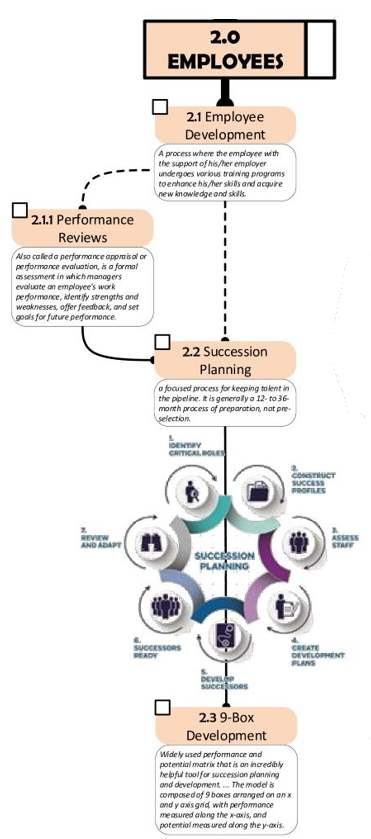
- Safety: Safety needs to be a proactive approach that benefits all aspects of a company, from its people to its bottom line. Implementing a sound safety program helps to prevent workplace injuries, illnesses, and deaths. As the company develops a safety program they must comply with safety laws and regulations. An effective safety program leads to significant reductions in workers compensation premiums and other related costs. Workers are also more likely to be engaged and satisfied if they feel their safety is a priority, which usually leads to happier employees. Excellent safety programs help ensure that business operations can continue without interruption due to workplace accidents and incidents. Employees are a company’s most valuable asset, and protecting their well-being is essential for the company’s success.
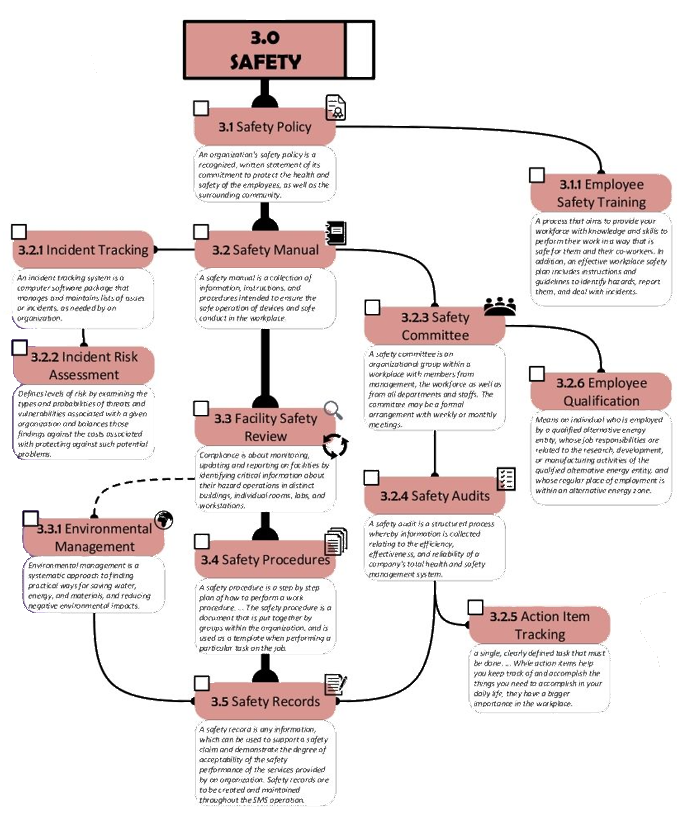
- Learning: Continuous learning allows companies to adapt to changes and stay competitive in a rapidly evolving business environment. A culture of learning encourages innovation by fostering creativity and the exchange of ideas. It contributes to employee growth and development, leading to higher job satisfaction and retention rates. Learning also helps in building the necessary skills with the workforce to meet current and future demands. Companies that invest in learning are more attractive to top talent who seek personal and professional development opportunities. Learning is a strategic asset that can lead to a more knowledgeable, efficient, and innovative workforce, ultimately contributing to the company’s success and sustainability.
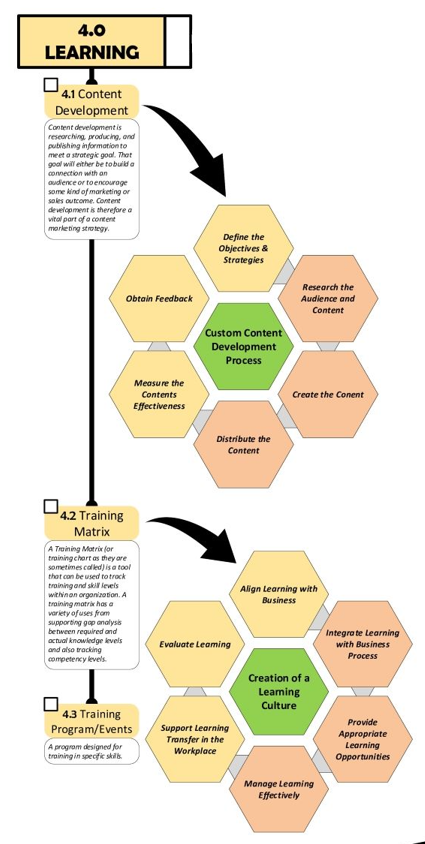
- Infrastructure: Infrastructure provides the necessary framework for the company’s operations, including transportation networks, energy grids, and communication systems. A robust infrastructure supports business growth by enabling efficient movement of goods and services and by providing the energy and technology needed for expansion. Infrastructure is key to delivering a great customer experience, as it ensures that products and services are delivered efficiently and reliably. Infrastructure is the backbone of a company, supporting every aspect of its operations and playing a crucial role in its success and sustainability.
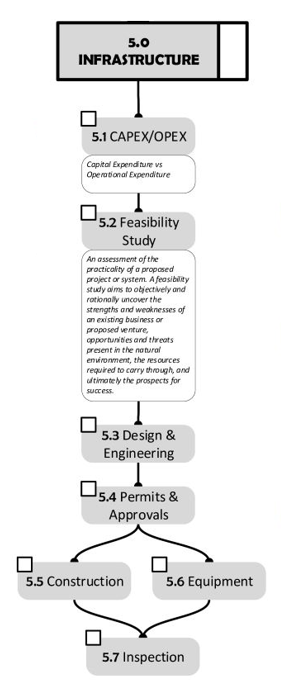
- Technology: Technology streamlines business processes, automates repetitive tasks, and facilitates efficient work practices, leading to increased productivity. It enables better communication and collaboration within a company and with external stakeholders, regardless of geographical barriers. Companies can leverage technology to innovate, develop new products, and improve existing services, staying ahead in competitive markets. Technology also provides tools for effective data management, allowing companies to make informed decisions based on analytics and insights. Technology can optimize operations and reduce manual labor which in turn can cut costs and increase profitability.

Process Optimization
At the heart of operational excellence is process optimization. This means streamlining processes to eliminate waste and improve efficiency. Lean methodologies, such as Kaizen and Six Sigma, can be employed to foster a culture of continuous improvement. Technology also plays a key role in automating and optimizing processes.
- Quality: Quality is paramount to a company’s success. High-quality leads to customer satisfaction, loyalty and repeat business. Good quality enhances a company’s reputation and can lead to positive word-of-mouth, which is invaluable for business growth. Quality can also differentiate a company from its competitors and can be a key factor in winning market share. Maintaining quality helps ensure compliance with industry standards and regulations. Quality management can also lead to more efficient operations by reducing waste, preventing mistakes, and avoiding costly rework. There is a direct correlation between quality and financial performance. A focus on quality can lead to increased sales, market share, and profit margins. Quality is not just a metric or an outcome. It is a business strategy that permeates every aspect of a company’s operations and culture, driving long-term success and sustainability.


- Continuous Improvement: Continuous improvement fosters a culture of innovation, allowing companies to adapt to changing market conditions and customer needs. It helps to identify and eliminate inefficiencies, leading to streamlined processes and cost savings. Involving employees in the improvement process increases engagement and ownership, leading to higher job satisfaction and productivity. Companies that continuously improve can maintain a competitive edge by staying ahead of industry trends and best practices. Continuous improvement also aligns operational activities with strategic objectives, ensuring that all efforts contribute to the company’s goals. A continuous improvement mindset allows companies to be more agile and responsive to internal and external challenges. Its not only about making small meaningful changes but it’s also about creating a dynamic and responsive business environment that can thrive in the face of constant changes.
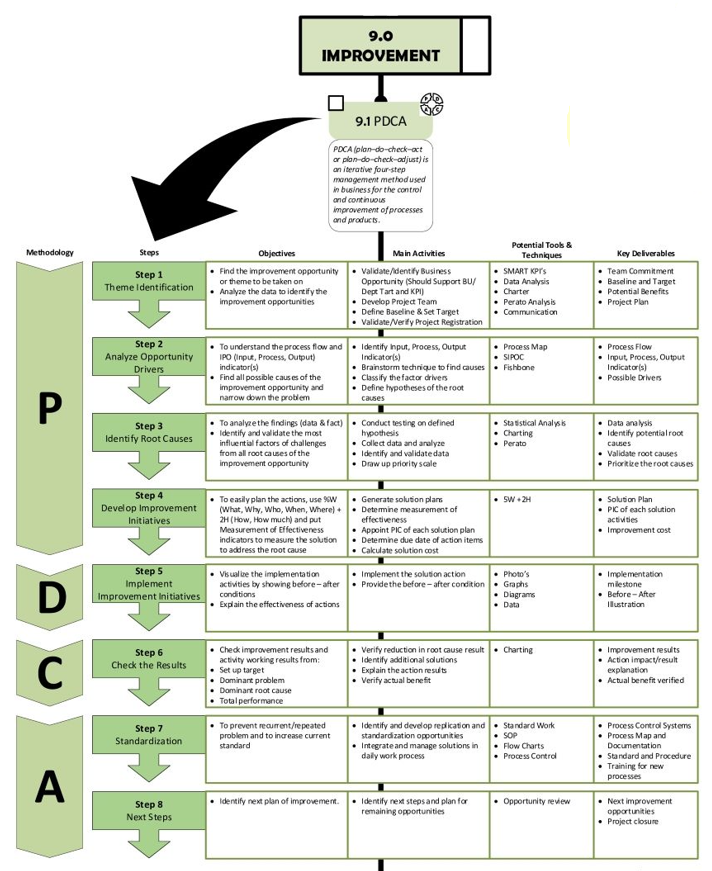
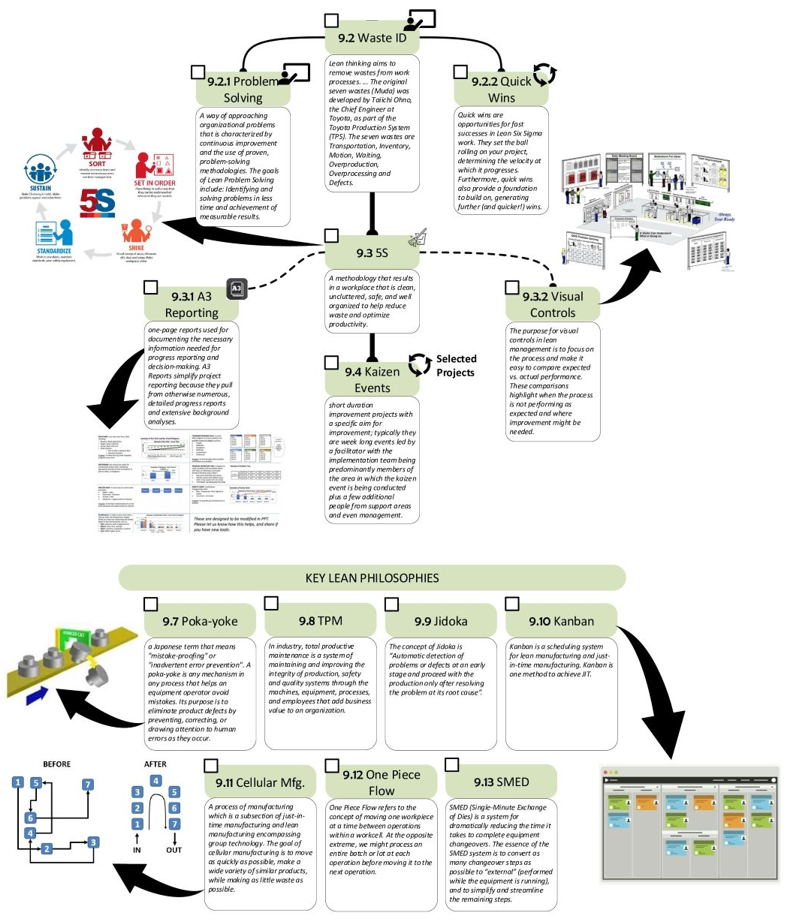
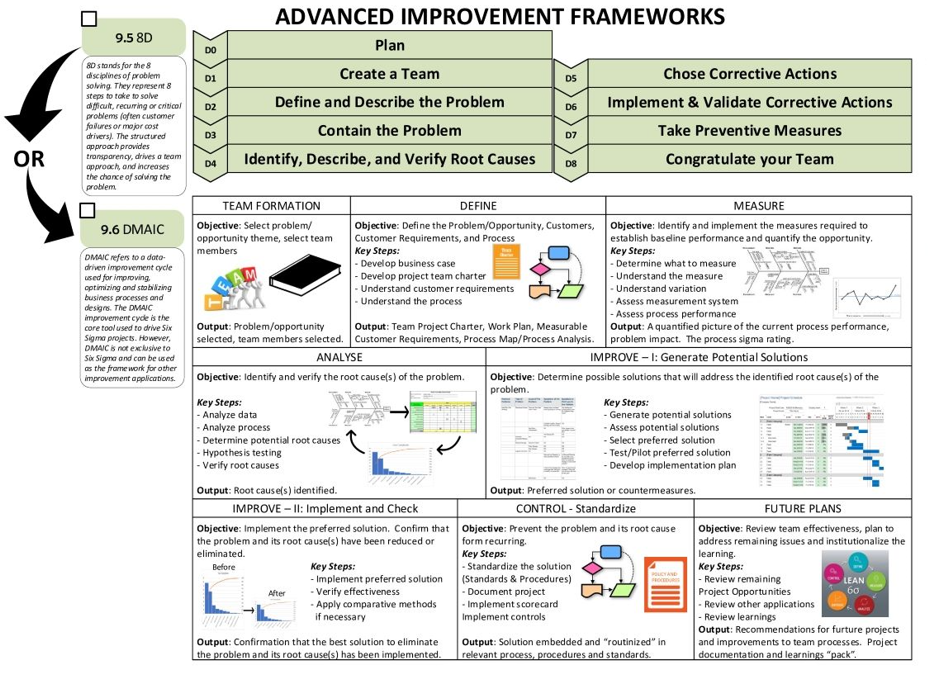
People and Culture
Operational excellence cannot be achieved without the engagement and empowerment of people. Developing a culture that values problem-solving, accountability, and teamwork is essential. Training and development programs ensure that employees have the skills and knowledge to contribute effectively.
Performance Management
To stay on the path to operational excellence, performance must be continuously monitored and managed. Key performance indicators (KPIs) should be established to measure progress. Regular audits and assessments help in identifying areas for improvement and ensuring that the organization remains aligned with its goals.
Sustaining Excellence
The final step in the roadmap is sustaining the gains achieved. This requires a long-term commitment to the principles of operational excellence. It involves embedding these principles into the organization’s DNA, so they become a part of everyday operations.
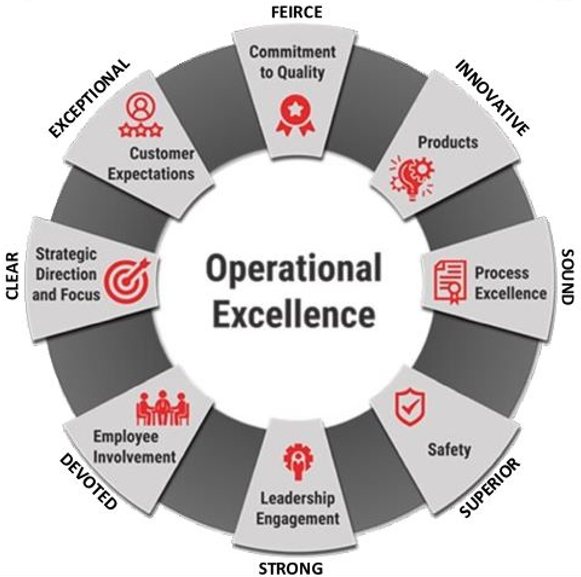
Conclusion
The roadmap to operational excellence is a strategic framework that guides organizations through the journey of transformation. It’s a cyclical process of planning, executing, reviewing, and improving. By following this roadmap, organizations can achieve higher efficiency, better quality, and increased customer satisfaction, which are the hallmarks of operational excellence.
Operational excellence is an ongoing commitment to improvement that requires dedication and strategic action. By following this roadmap, any organization can embark on this transformative journey.
See the full infographic at https://nerd-central.com/gallery/business/.




